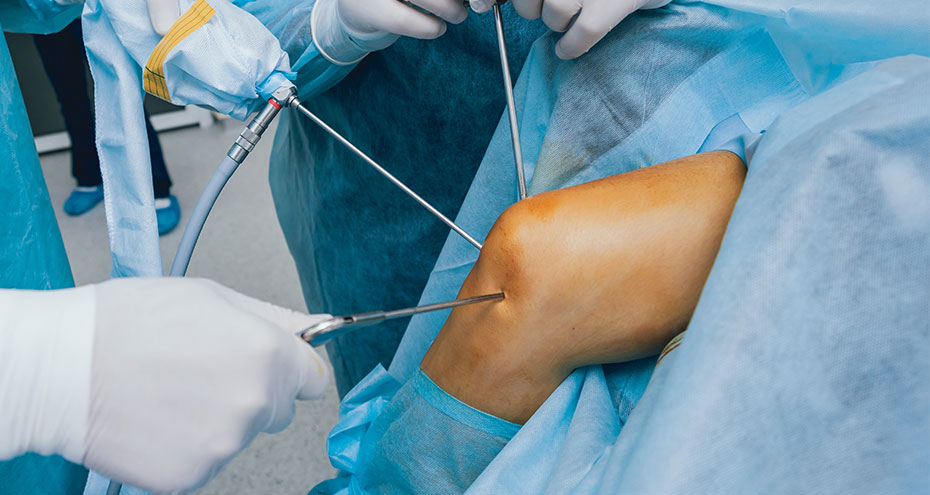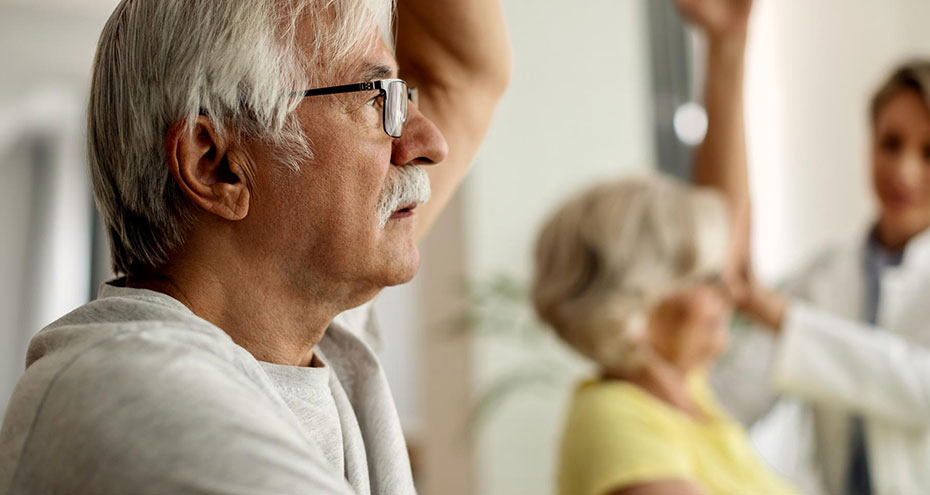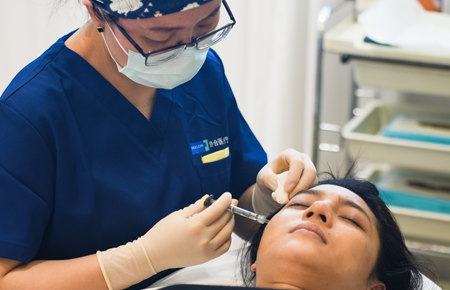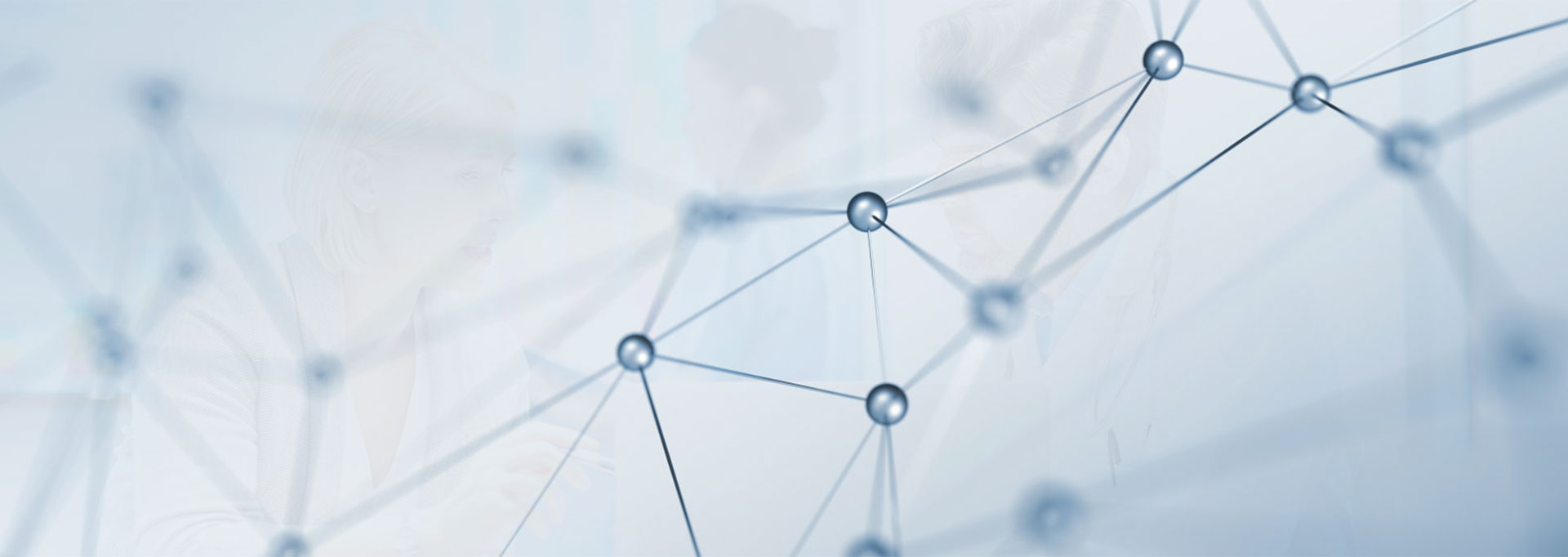Osteoarthritis is a chronic disease primarily caused by damage and wear and tear to joint cartilage, resulting in joint pain, stiffness, and limited function.

It usually develops with age, but can also be caused by other factors, including the following:
1. Natural aging: As we age, joint cartilage gradually wears away, leading to the development of osteoarthritis.

2. Joint injuries: Joint injuries, such as fractures, sprains, or repetitive use of certain joints, can increase the risk of osteoarthritis.
3. Genetic factors: Genetic factors may increase the risk of osteoarthritis. If someone in the family has osteoarthritis, the individual may be more susceptible.
4. Obesity: Being overweight will increase the load on joints and accelerate the wear and tear of joint cartilage, thus increasing the risk of osteoarthritis.
5. Other factors: Other factors include joint deformities, metabolic diseases (such as gout), joint infections, etc., which may lead to the occurrence of osteoarthritis.
When it comes to treating arthritis, a comprehensive approach is generally taken, including medications, physical therapy, lifestyle changes, and surgery. Here are common steps for treating arthritis:
1. Drug treatment:
Painkillers: such as acetaminophen (Tylenol), ibuprofen (Paulin), aspirin, etc., are used to relieve pain and discomfort.
Anti-inflammatory drugs: Nonsteroidal anti-inflammatory drugs (NSAIDs) such as ibuprofen and indomethacin are used to reduce inflammation and swelling.
Antirheumatic drugs: such as methotrexate, hydrochloroquine, etc., are used to slow down disease progression and control immune response.
Chronic drugs: such as methotrexate, methylprednisolone, etc., are used to control disease progression in the long term.
2. Physical therapy:
Physical therapy: such as hot compress, cold compress, ultrasound therapy, electrotherapy, etc., can help reduce pain, relax muscles, and enhance joint flexibility.
Rehabilitation: Includes joint movement, muscle strengthening, and balance training to help maintain joint function and reduce pain.
3. Lifestyle changes:
Weight Control: Losing weight can help reduce pain and inflammation by taking the load off your joints.
Appropriate exercise: Choose appropriate exercise methods, such as swimming, yoga, walking, etc., to help strengthen the muscles around the joints and improve the flexibility and stability of the joints.
Avoid overuse of joints: reduce repetitive movements and stay in the same position for long periods.
4. Surgical treatment:
Joint replacement surgery: Joint replacement surgery may be necessary for severely damaged or lost joints, such as hips and knees.
Arthrodebridement: Removal of inflammatory tissue and debris from the joint to reduce pain and improve joint function.
5. Hyaluronic acid treatment plan
Hyaluronic acid is a viscous liquid similar to natural joint fluid that can be injected into damaged joints to reduce friction, improve joint movement, and provide additional lubrication. This helps reduce pain and improve joint function. In addition, hyaluronic acid can also promote the protection and repair of joint cartilage, and for some patients, can delay the progression of arthritis.
Treatment plans should be based on the patient's symptom severity, age, overall health, and individual needs, and will often need to be adjusted for optimal results. It is recommended to seek the advice of a physician or medical professional before undergoing any treatment.
-
singclean | 2024-03-29
 Mechanism of Delayed Redness and Swelling after Hyaluronic Acid Injection and Related Influencing FactorsIn recent years, hyaluronic acid injection has been favored in the field of medical beauty, but the problem of delayed redness and swelling after injection has also attracted widespread attention. Today, let's take a deeper look at the mechanism of delayed redness and swelling caused by hyaluronic acid injection and related influencing factors.
Mechanism of Delayed Redness and Swelling after Hyaluronic Acid Injection and Related Influencing FactorsIn recent years, hyaluronic acid injection has been favored in the field of medical beauty, but the problem of delayed redness and swelling after injection has also attracted widespread attention. Today, let's take a deeper look at the mechanism of delayed redness and swelling caused by hyaluronic acid injection and related influencing factors. -
singclean | 2024-03-29
 Tips For Lip Injection By Using Hyaluronic Acid
Tips For Lip Injection By Using Hyaluronic Acid -
singclean | 2024-03-29
 As a woman, you should know an important human indicator: human chorionic gonadotropin (HCG)HCG is a glycoprotein hormone secreted by the stromal cells of the placenta. Its main function is to stimulate the corpus luteum, which is conducive to the continuous secretion of estrogen and progesterone, thereby promoting the formation of uterine decidua and making the placenta grow and mature.
As a woman, you should know an important human indicator: human chorionic gonadotropin (HCG)HCG is a glycoprotein hormone secreted by the stromal cells of the placenta. Its main function is to stimulate the corpus luteum, which is conducive to the continuous secretion of estrogen and progesterone, thereby promoting the formation of uterine decidua and making the placenta grow and mature.




